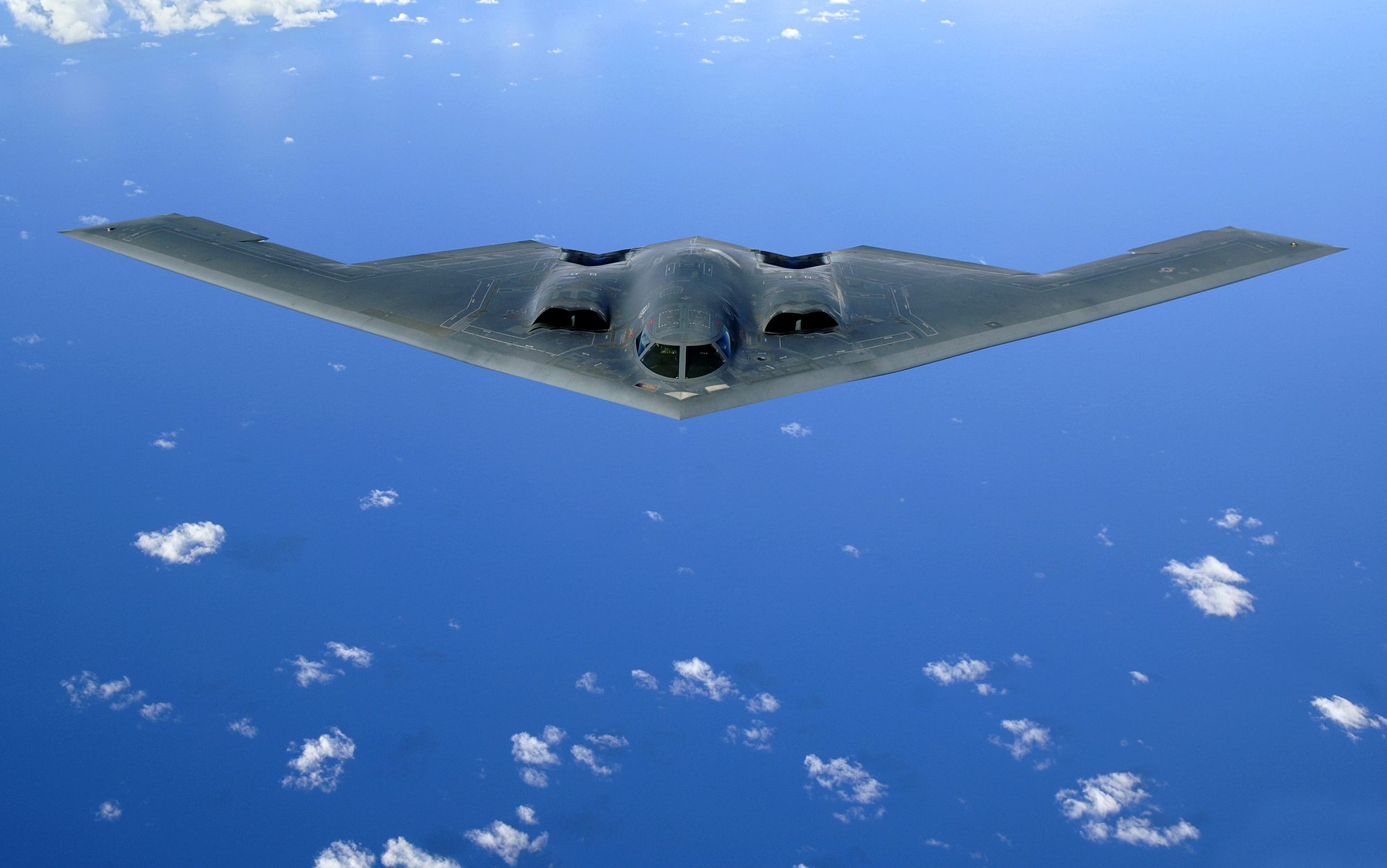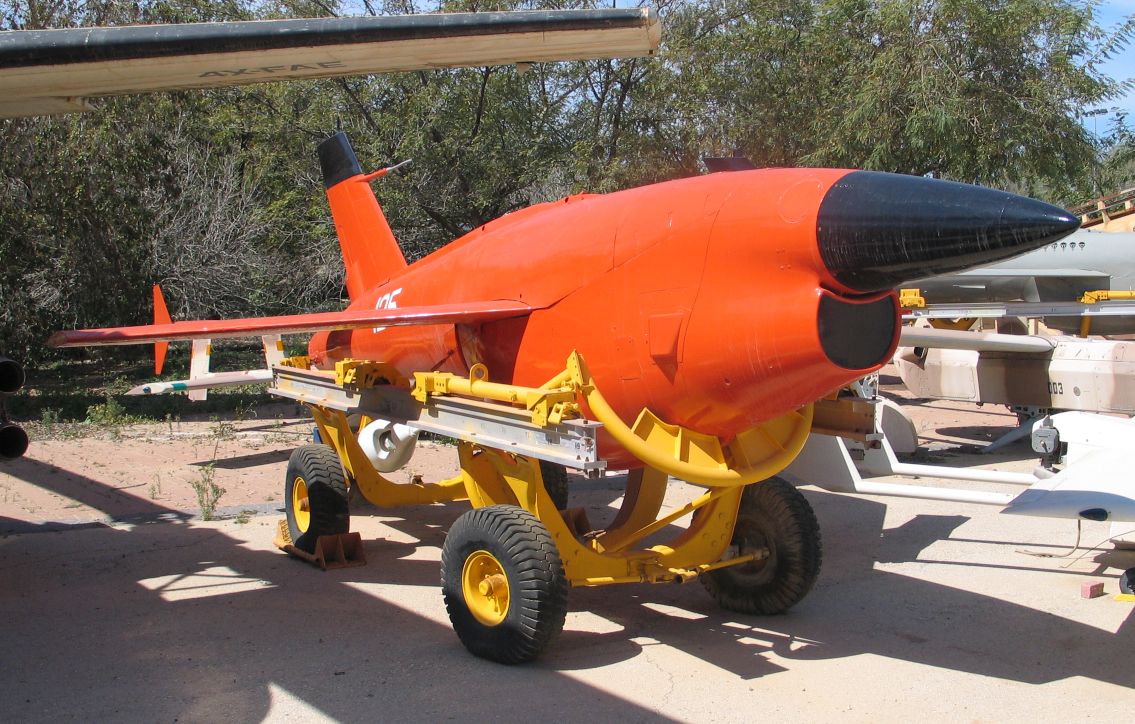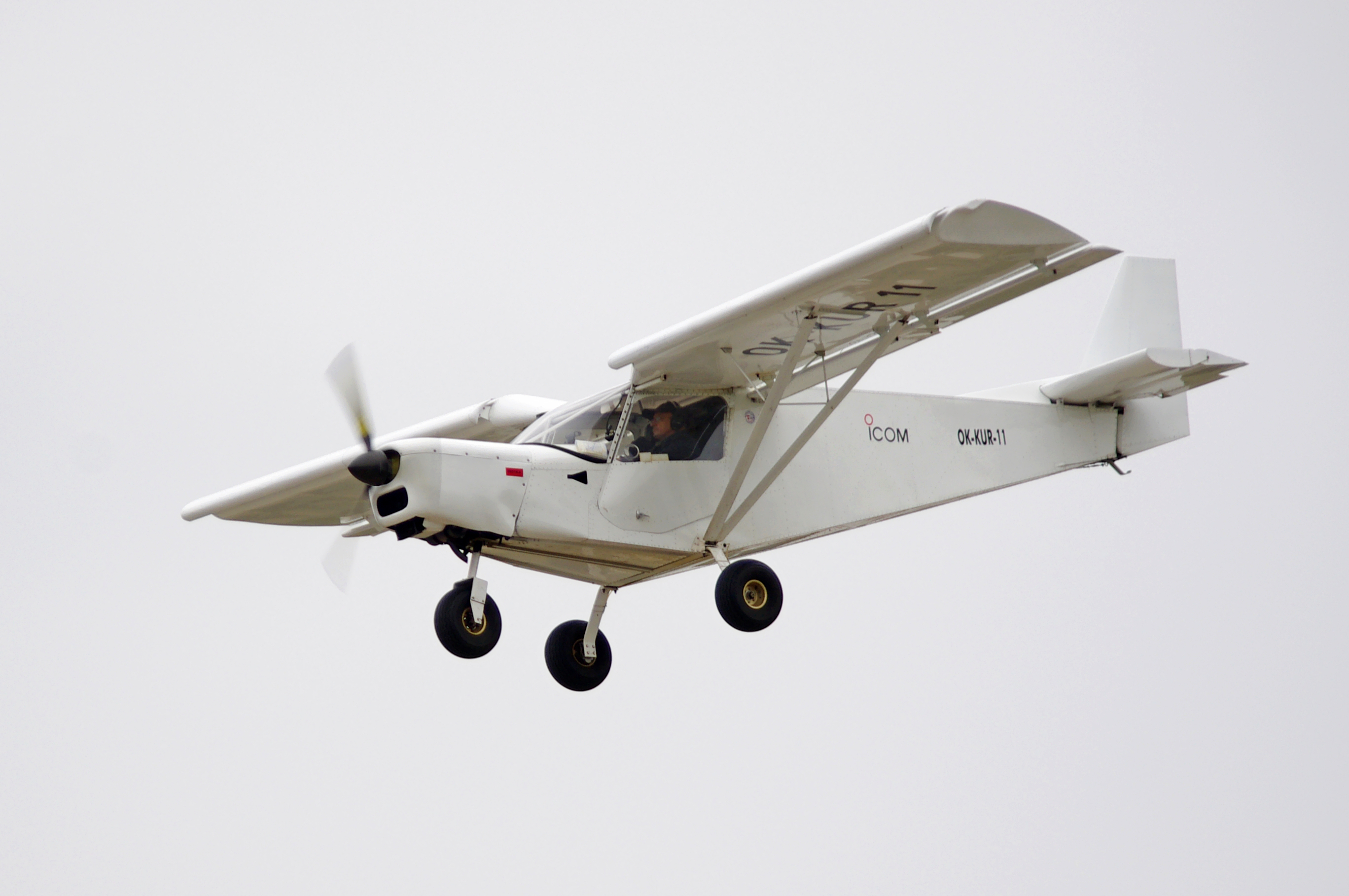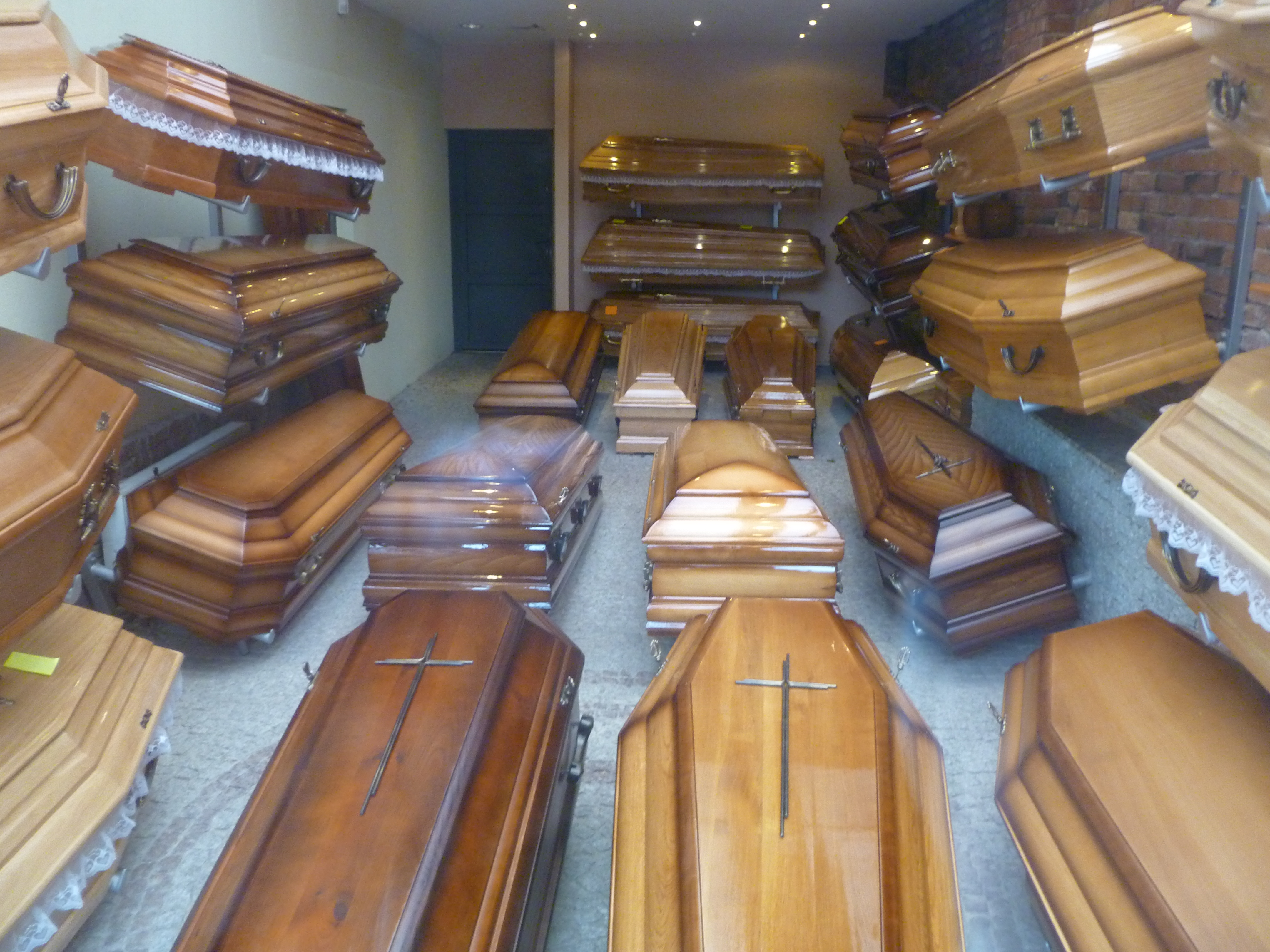|
Teledyne-Ryan
The Ryan Aeronautical Company was founded by T. Claude Ryan in San Diego, California, in 1934. It became part of Teledyne in 1969, and of Northrop Grumman when the latter company purchased Ryan in 1999. Ryan built several historically and technically significant aircraft, including four innovative V/STOL designs, but its most successful production aircraft was the Ryan Firebee line of unmanned drones used as target drones and unmanned air vehicles. Early history In 1922, T.C. Ryan founded a flying service in San Diego that would lead to several aviation ventures bearing the Ryan name, including Ryan Airline Company founded in 1925. T.C. Ryan, whose previous companies were best known for building Charles Lindbergh's transatlantic '' Spirit of St. Louis'', actually had no part in building the famous aircraft. Ryan had been owner or partner in several previous companies, one of which also bore the name Ryan Aeronautical. The '' Spirit of St. Louis'' was not built by the final Ry ... [...More Info...] [...Related Items...] OR: [Wikipedia] [Google] [Baidu] |
Tubal Claude Ryan
Tubal Claude Ryan (January 3, 1898 – September 11, 1982) was an American aviator born in Parsons, Kansas. Ryan was best known for founding several airlines and aviation factories. Early years Ryan began his flying career in 1917 when he enrolled in the American School of Aviation at Venice, California. After making his first solo flight, he was accepted into the Army Air Service with an under-age waiver. The day that he was to report, the armistice was signed, ending his prospects for a military flying career. Instead, Ryan went to Oregon State College and studied Engineering, then was accepted into the Aeronautical Division of the U.S. Army (later known as the United States Army Air Corps). While in the Army, Ryan learned to fly at March Field, California, from where he graduated in 1921. Ryan flew forestry patrol duty until his enlistment ended in 1922. Ryan then went to San Diego and sold barnstorming rides to pay for a military surplus Curtiss JN-4 Jenny. Business car ... [...More Info...] [...Related Items...] OR: [Wikipedia] [Google] [Baidu] |
Unmanned Air Vehicle
An unmanned aerial vehicle (UAV), commonly known as a drone, is an aircraft without any human pilot, crew, or passengers on board. UAVs are a component of an unmanned aircraft system (UAS), which includes adding a ground-based controller and a system of communications with the UAV. The flight of UAVs may operate under remote control by a human operator, as remotely-piloted aircraft (RPA), or with various degrees of autonomy, such as autopilot assistance, up to fully autonomous aircraft that have no provision for human intervention. UAVs were originally developed through the twentieth century for military missions too "dull, dirty or dangerous" for humans, and by the twenty-first, they had become essential assets to most militaries. As control technologies improved and costs fell, their use expanded to many non-military applications.Hu, J.; Bhowmick, P.; Jang, I.; Arvin, F.; Lanzon, A.,A Decentralized Cluster Formation Containment Framework for Multirobot Systems IEEE Tra ... [...More Info...] [...Related Items...] OR: [Wikipedia] [Google] [Baidu] |
Northrop Grumman
Northrop Grumman Corporation is an American multinational aerospace and defense technology company. With 90,000 employees and an annual revenue in excess of $30 billion, it is one of the world's largest weapons manufacturers and military technology providers. The firm ranks on the 2022 ''Fortune'' 500 list of America's largest corporations. Northrop Grumman and its industry partners have won the Collier Trophy eight times, most recently for developing the X-47B, the first unmanned, autonomous air system to operate from an aircraft carrier. Northrop Grumman currently leads the development of the B-21 Raider, a long-range, stealth strategic bomber that can drop conventional and nuclear weapons; it will replace Northrop's own B-2 Spirit, the world's only known stealth bomber. Among its other current projects are development and production of the James Webb Space Telescope, an orbiting observatory launched in 2021, and production of the solid rocket boosters for NASA's ... [...More Info...] [...Related Items...] OR: [Wikipedia] [Google] [Baidu] |
Ryan Firebee
The Ryan Firebee is a series of target drones developed by the Ryan Aeronautical Company beginning in 1951. It was one of the first jet-propelled drones, and remains one of the most widely used target drones ever built. Development Ryan Firebee I Q-2/KDA-1 Firebee The Firebee I was the result of a 1948 U.S. Air Force request and contract to Ryan for a jet-powered gunnery target. The first flight of the XQ-2 Firebee prototype took place in early 1951. The drone featured swept flight surfaces and a circular nose inlet. The initial models had distinctive "arrowhead" shaped endplates on the tailplane. The Firebee could be air-launched from a specially modified launch aircraft (Douglas A-26 Invader was first to be used for this), or ground-launched with a single RATO booster. Following successful evaluation the target was ordered into production for the USAF as the Q-2A, powered by a Continental J69-T-19B turbojet engine with of thrust. The Air Force then obtained small num ... [...More Info...] [...Related Items...] OR: [Wikipedia] [Google] [Baidu] |
Target Drone
A target drone is an unmanned aerial vehicle, generally remote controlled, usually used in the training of anti-aircraft crews. One of the earliest drones was the British DH.82 Queen Bee, a variant of the Tiger Moth trainer aircraft operational from 1935. Its name led to the present term "drone". In their simplest form, target drones often resemble radio-controlled model aircraft. More modern drones may use countermeasures, radar, and similar systems to mimic manned aircraft. More advanced drones are made from large, older missiles which have had their warheads removed. In the United Kingdom, obsolete Royal Air Force and Royal Navy jet and propeller-powered aircraft (such as the Fairey Firefly, Gloster Meteor and de Havilland Sea Vixen used at RAE Llanbedr between the 1950s and 1990s) have also been modified into remote-controlled drones, but such modifications are costly. With a much larger budget, the U.S. military has been more likely to convert retired aircraft or old ... [...More Info...] [...Related Items...] OR: [Wikipedia] [Google] [Baidu] |
Ryan Aeronautical Company Logo 1960
Ryan may refer to: People and fictional characters *Ryan (given name), a given name (including a list of people with the name) *Ryan (surname), a surname (including a list of people with the name) Places Australia * Division of Ryan, an electoral district in the Australian House of Representatives, in Queensland *Ryan, New South Wales *Ryan, Queensland, a suburb of the City of Mount Isa United States *Ryan, California *Ryan, former name of Lila C, California *Ryan, Iowa *Ryan, Minnesota *Ryan, Illinois *Ryan, Oklahoma *Ryan, Washington * Ryan, West Virginia *Ryan Park, Wyoming *Ryan Township, Schuylkill County, Pennsylvania Film, radio, television and web * ''Ryan'' (film), an animated documentary * ''Ryan'' (TV series), 1970s Australian TV series *''Von Ryan's Express'', a 1965 World War II adventure film Other uses *Ryan M-1, an airplane *Ryan Aeronautical Company (Claude Ryan) *Ryanair (Tony Ryan) *Ryan Field (other) *Ryan International Airlines (Ron Ryan) *Ryan In ... [...More Info...] [...Related Items...] OR: [Wikipedia] [Google] [Baidu] |
Radial Engine
The radial engine is a reciprocating type internal combustion engine configuration in which the cylinders "radiate" outward from a central crankcase like the spokes of a wheel. It resembles a stylized star when viewed from the front, and is called a "star engine" in some other languages. The radial configuration was commonly used for aircraft engines before gas turbine engines became predominant. Engine operation Since the axes of the cylinders are coplanar, the connecting rods cannot all be directly attached to the crankshaft unless mechanically complex forked connecting rods are used, none of which have been successful. Instead, the pistons are connected to the crankshaft with a master-and-articulating-rod assembly. One piston, the uppermost one in the animation, has a master rod with a direct attachment to the crankshaft. The remaining pistons pin their connecting rods' attachments to rings around the edge of the master rod. Extra "rows" of radial cylinders can be ... [...More Info...] [...Related Items...] OR: [Wikipedia] [Google] [Baidu] |
PT-22 Recruit
The Ryan PT-22 Recruit, the main military version of the Ryan ST, is a military trainer aircraft used by the United States Army Air Corps during WWII for primary pilot training. Design and development The PT-22's fuselage is a simple monocoque structure, with thick gauge alclad skin. The wings feature spruce spars, aluminum alloy ribs, steel compression members, with aircraft fabric covering aft to the trailing edge and aluminum alloy sheet covering from the leading edge to the spar. The wings have 4° 10' of sweep back, 3° of incidence and 4° 30' dihedral. The PT-22 fuel system consists of a single tank mounted forward of the front cockpit. Fuel is gravity fed to the carburetor. The oil system is a dry-sump type, with all oil stored in a tank located on the front side of the firewall in the upper section of the fuselage. The wing flaps are mechanically operated from a lever located on the left side of each cockpit. Adjustable elevator trim is provided via an elevat ... [...More Info...] [...Related Items...] OR: [Wikipedia] [Google] [Baidu] |
STOL
A short takeoff and landing (STOL) aircraft is a conventional fixed-wing aircraft that has short runway requirements for takeoff and landing. Many STOL-designed aircraft also feature various arrangements for use on airstrips with harsh conditions (such as high altitude or ice). STOL aircraft, including those used in scheduled passenger airline operations, have also been operated from STOLport airfields which feature short runways. Design considerations Many fixed-wing STOL aircraft are bush planes, though some, like the de Havilland Canada Dash-7, are designed for use on prepared airstrips; likewise, many STOL aircraft are taildraggers, though there are exceptions like the PAC P-750 XSTOL, the Quest Kodiak, the de Havilland Canada DHC-6 Twin Otter and the Peterson 260SE. Autogyros also have STOL capability, needing a short ground roll to get airborne, but capable of a near-zero ground roll when landing. Runway length requirement is a function of the square of the ... [...More Info...] [...Related Items...] OR: [Wikipedia] [Google] [Baidu] |
YO-51 Dragonfly
The Ryan YO-51 Dragonfly was an observation aircraft designed and built by Ryan Aeronautical for the United States Army Air Corps (USAAC). A single-engined parasol wing monoplane, it was designed for optimum STOL capability, but although three prototypes proved highly successful in testing, the Stinson YO-49 was judged superior and no production contract was placed. Design The design of the YO-51 Dragonfly was typical for aircraft of its type, being optimised for the observation and liaison role, with emphasis on the ability to operate out of the smallest possible airfields. The Dragonfly was a high-wing braced parasol monoplane with fixed tailwheel landing gear, a two-seat open cockpit, and full-span slots and Fowler flaps for STOL capability. It was powered by a single Pratt & Whitney R-985-21 Wasp Junior radial engine.Donald 1997, p.794. At gross weight, the YO-51 could, without flaps, take off after a run of 400 feet, while with full flaps the takeoff run would be only 75 fe ... [...More Info...] [...Related Items...] OR: [Wikipedia] [Google] [Baidu] |
Teledyne Technologies
Teledyne Technologies Incorporated is an American industrial conglomerate. It was founded in 1960, as Teledyne, Inc., by Henry Singleton and George Kozmetsky. From August 1996 to November 1999, Teledyne existed as part of the conglomerate Allegheny Teledyne Incorporated – a combination of the former Teledyne, Inc., and the former Allegheny Ludlum Corporation. On November 29, 1999, three separate entities, Teledyne Technologies, Allegheny Technologies, and Water Pik Technologies, were spun off as free-standing public companies. Allegheny Technologies retained several companies of the former Teledyne, Inc. that fit with Allegheny's core business of steel and exotic metals production. At various times, Teledyne, Inc., had more than 150 companies with interests as varied as insurance, dental appliances, specialty metals, and aerospace electronics, but many of these had been divested prior to the merger with Allegheny. The new Teledyne Technologies was initially composed of 1 ... [...More Info...] [...Related Items...] OR: [Wikipedia] [Google] [Baidu] |
Coffin
A coffin is a funerary box used for viewing or keeping a corpse, either for burial or cremation. Sometimes referred to as a casket, any box in which the dead are buried is a coffin, and while a casket was originally regarded as a box for jewelry, use of the word "casket" in this sense began as a euphemism introduced by the undertaker's trade. A distinction is commonly drawn between "coffins" and "caskets", using "coffin" to refer to a tapered hexagonal or octagonal (also considered to be anthropoidal in shape) box and "casket" to refer to a rectangular box, often with a split lid used for viewing the deceased as seen in the picture. Receptacles for cremated and cremulated human ashes (sometimes called cremains) are called urns. Etymology First attested in English in 1380, the word ''coffin'' derives from the Old French , from Latin , which means '' basket'', which is the latinisation of the Greek κόφινος (''kophinos''), ''basket''. The earliest attested form of the w ... [...More Info...] [...Related Items...] OR: [Wikipedia] [Google] [Baidu] |




.jpg)





